Uttara: A city within a city
Before the 90s, Uttara offered little aside from open fields of green and waterlogged land.
But over the course of the past 30 years or so, what was once a sleepy and secluded neighbourhood has transformed into a vibrant residential and commercial district.
However, despite the locality's metamorphosis, it has remained true to its roots as a haven away from the concrete jungle. The area has eight open parks and sprawling lakes alongside wide roads, with the greenery playing an important role in terms of quality of life.
Going for a walk in one the 18 sectors that Uttara is divided into, you may come across the sets of a movie or drama, with the scenic backdrops making the area a popular choice for filmmakers.
Considering the surroundings, plus the fact that all necessary amenities such as water and electricity, alongside education, healthcare and shopping facilities are readily available, the neighbourhood now stands as an affluent city within a city.
"I was born and raised in Uttara and I have seen the transformation of the locality from a mere village to a bustling suburb with my own eyes," said Farzana Afrin, a housewife who lives in her ancestral home in Sector 14.
"I vividly remember going to the Rajlaxmi Complex, which was the sole shopping spot in Uttara, by boat during the floods in 1988," she noted.
She also recounted how she was often required to travel to different parts of Dhaka.
"During my school and college life in the mid-90s, we used to go to New Market or Gausia Market to shop, but nowadays everything is available in Uttara," Afrin commented.
In recent years, residents in Uttara have been living an even more charmed life.
Uttara had always been a transport hub given its close proximity to Gazipur, Ashulia, Mirpur, Bashundhara, and Motijheel, but forays into the heart of Dhaka were arduous slogs.
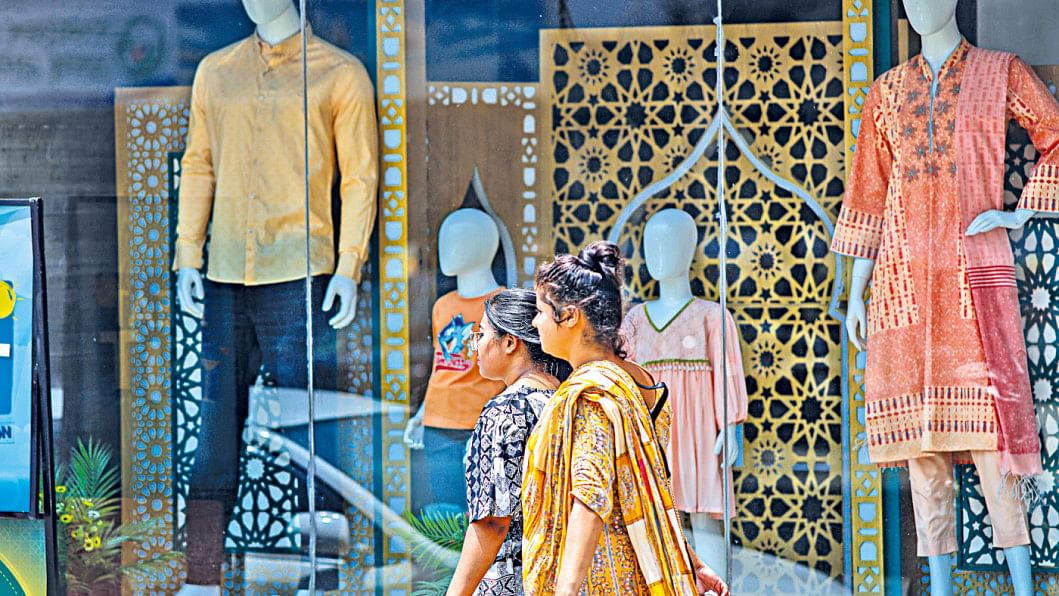
However, the Dhaka Metro Rail and Dhaka Elevated Expressway have made traversing the capital a cakewalk.
Now, residents can travel to Motijheel through the metro in half an hour compared to the two-hour journey they would have to endure in the past.
They can also reach Karwan Bazar within 10 minutes through the elevated expressway.
Rupali Chowdhury, managing director of Berger Paints Bangladesh, said Uttara's connectivity to other parts of the city and all its amenities made it an ideal place for residential units. She also opined that Uttara was a suitable area for corporate offices as staff can stay in the area.
Over the years, Uttara has also become home to educational institutions and hospitals, making it more attractive for prospective residents.
According to a 2019 survey conducted by B-Property, a property brokerage house, Uttara is the first choice for Dhaka's residents.
FR Khan, managing director of BTI, one of the top real estate developers, said demand for high to mid-range apartments is good in Uttara but still lower than demand for apartments in Gulshan and Baridhara.
Khan said the construction costs for buildings in Uttara are the same as they are for Gulshan and Baridhara.
However, the price of an apartment is around Tk 12,000 per square feet in Uttara while it is around Tk 28,000 in Gulshan and Baridhara, he added.
Given the price of apartments and cost of rent, the per capita income of residents of Uttara is no less than $20,000, assessed M Masrur Reaz, chief executive officer of Policy Exchange Bangladesh.
However, there is no accurate data about the per capita income for specific areas of Dhaka, he added.
Reaz said the National Board of Revenue could reveal absolute figures by conducting a study to detect eligible taxpayers in posh areas.
He estimated that the per capita income of residents of Baridhara and Gulshan was not less than $40,000, pegging the number at $35,000 for Banani.
The national per capita income was only $2,485 in FY23, reducing from $2,688 in FY22 due to the appreciation of the US dollar against taka.
Now, almost all public and private banks have multiple branches in the area.
There are four branches of Eastern Bank Limited (EBL) in Uttara, where almost 80 percent are corporate clients, according to a senior official of EBL.
The official added that many foreigners from India, Sri Lanka, Korea, and China live in Uttara because the roads are wider than in other parts of Dhaka and because it is a well-planned residential area. As a result, residential hotels have developed in Uttara.
Multiple private and public healthcare providers also have consultancy and diagnostic centres in the area.
AM Shamim, managing director of Labaid Group, one of the biggest private sector healthcare providers in Bangladesh, said they have two branches in Uttara.
He added that work had also started on a 150-bed super specialised hospital at a cost of about Tk 200 crore.
He likened Uttara to a separate city and said the financial capacity of residents was similar to residents of Dhanmondi, Gulshan and Banani.
He said Labaid first opened in Uttara in 2000 before setting up a second unit due to increasing demand in 2018.
"We first got feedback from a doctor in our Gulshan branch. There were many patients from Uttara who had no choice but to come to Gulshan for our services. They said it would be nicer to have a branch there," he said.
Given Uttara's proximity to the airport, many businesses are moving from the south to the north part of Dhaka city.
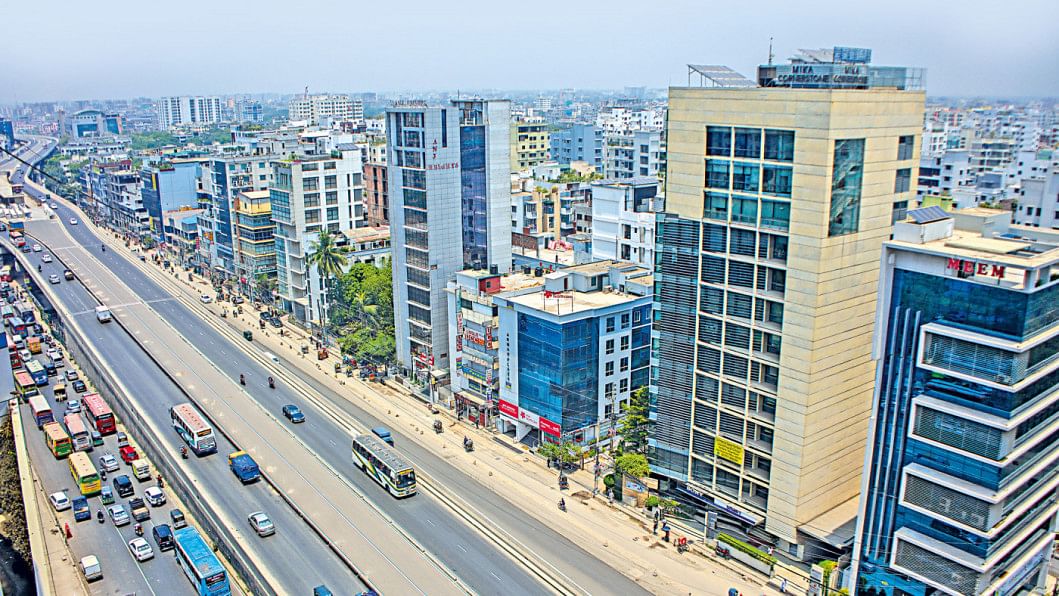
The office of the Bangladesh Garment Manufacturers and Exporters Association, the largest export sector organisation, and at least 800 buying houses are located in Uttara.
The head offices of Berger Paints Bangladesh Ltd, RAK Ceramic and many others can also be found here.
Enayet Kabir has been living in Uttara for the last 25 years and owns one of the many buying houses in the vicinity.
"A lot of things have changed in Uttara. There weren't that many people before. The roads were free. At that time, the only shopping mall was Rajlaxmi Complex," he said.
Sectors 14, 15 and 16 of Uttara were waterlogged, he said, but this area rapidly started to change in 2010.
"Now I only have to go out of Uttara for factory visits. Apart from this, everything that my family members and I need is available in Uttara," he added.
SM Mannan, president of the BGMEA, complimented the execution of Uttara's planned development.
Since it takes very little time to travel from Uttara to Ashulia, Gazipur and Tongi, which house many garment factories, companies have offices and liaison offices in Uttara.
This is because it allows foreign buyers to quickly and conveniently visit factories, he added.
Given that shift, many garment owners, owners of different companies, merchandisers, and staff have moved with their families to Uttara from other parts of the capital, he said.

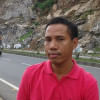
 For all latest news, follow The Daily Star's Google News channel.
For all latest news, follow The Daily Star's Google News channel. 

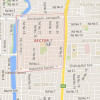
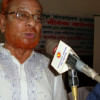
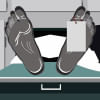
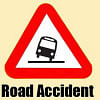
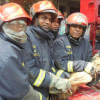
Comments